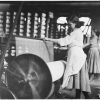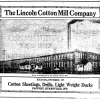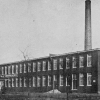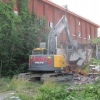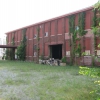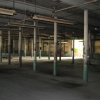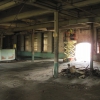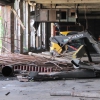Koch Originals Deconstruction
Construction began in November of 1902 on the former Lincoln Cotton Mill that resided at 1401 Park Street, Evansville, Indiana. During the 1950’s the building began housing the Koch Original’s decorative sheet metal product line. Approached by the owner, Klenck Company began researching the building components for possible value engineering options to minimize demolition costs. After utilizing our wide array of industry contacts, it was determined that valuable commodities exist and demolition/ deconstruction could be provided for no cost to the owner. Several hundred thousand board feet of 300 year old heart pine logs, heart pine decking, and maple flooring will be salvaged and repurposed on the East Coast’s historic timber market. Additionally, the brick will be removed from the structure and recycled as building components; most importantly for historic structures undergoing renovation that require period matching masonry. Klenck Company’s expertise in scrap metals will complete the repurposing of the structure meaning 90+% of the building will be recycled/ repurposed.
Klenck Company will begin the project by removing ancillary buildings with no historic significance in order to provide a laydown and processing yard for the timber. The deconstruction crew will begin the work by removing overhead utility lines, the sprinkler system, HVAC components, ect within the building to minimize damage to the pine timbers during removal. Former production stock and accumulated debris will exit the building prior to demolition, thus minimizing the potential hazards of elevated work. The second story pine decking and maple flooring will be removed by hand, de-nailed and shipped. The Volvo 360 UHD will surgically remove the roof to expose the second story timber frame. The deconstruction crew will work tirelessly to preserve the 25’ long timbers that are the spine of the structure. Throughout the five month long process, all efforts will be made to preserve the history of the building through the repurposing of the materials generated. The historic photos of the property were garnered from the US National Archives and www.historicevansville.com.
